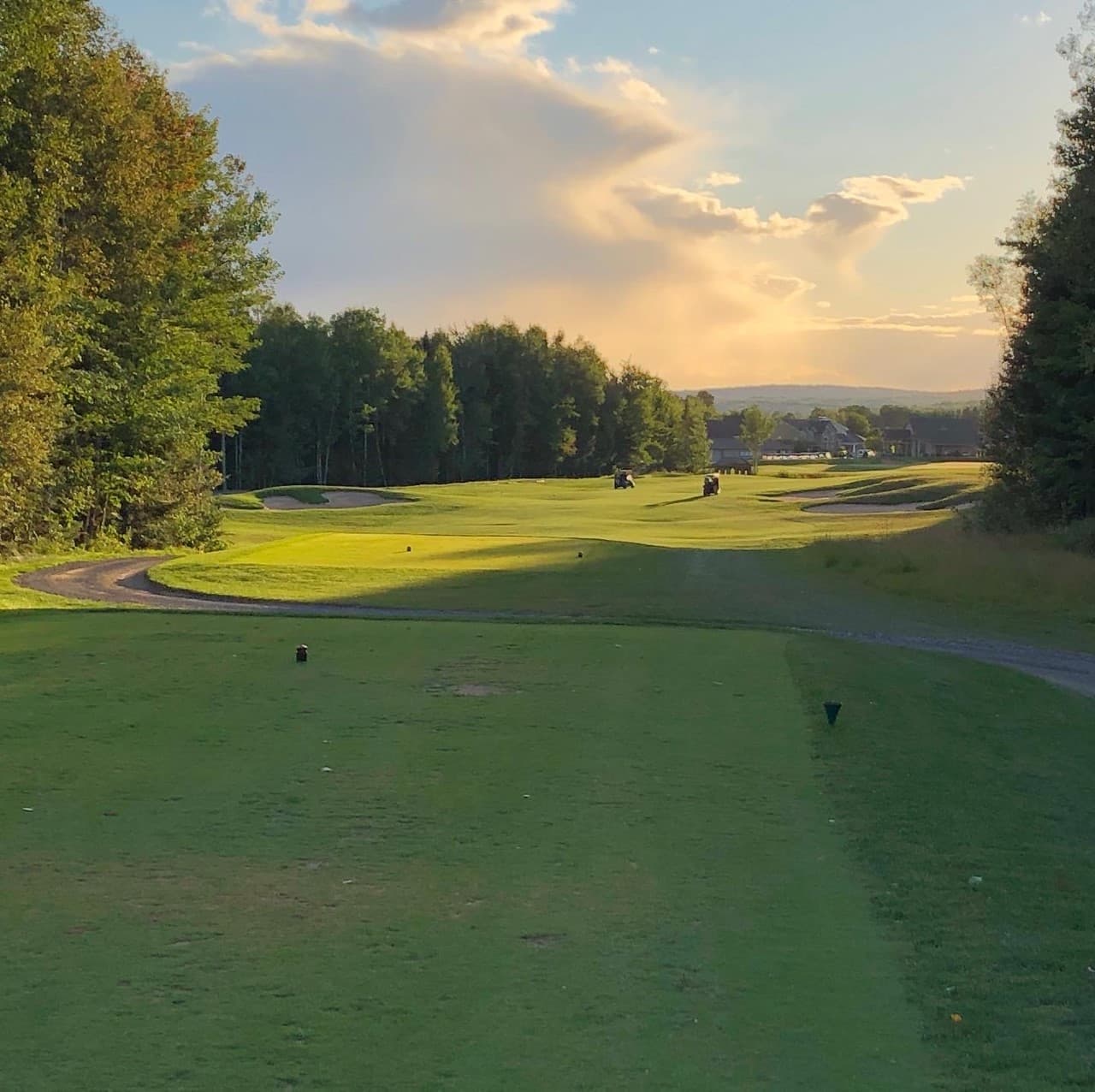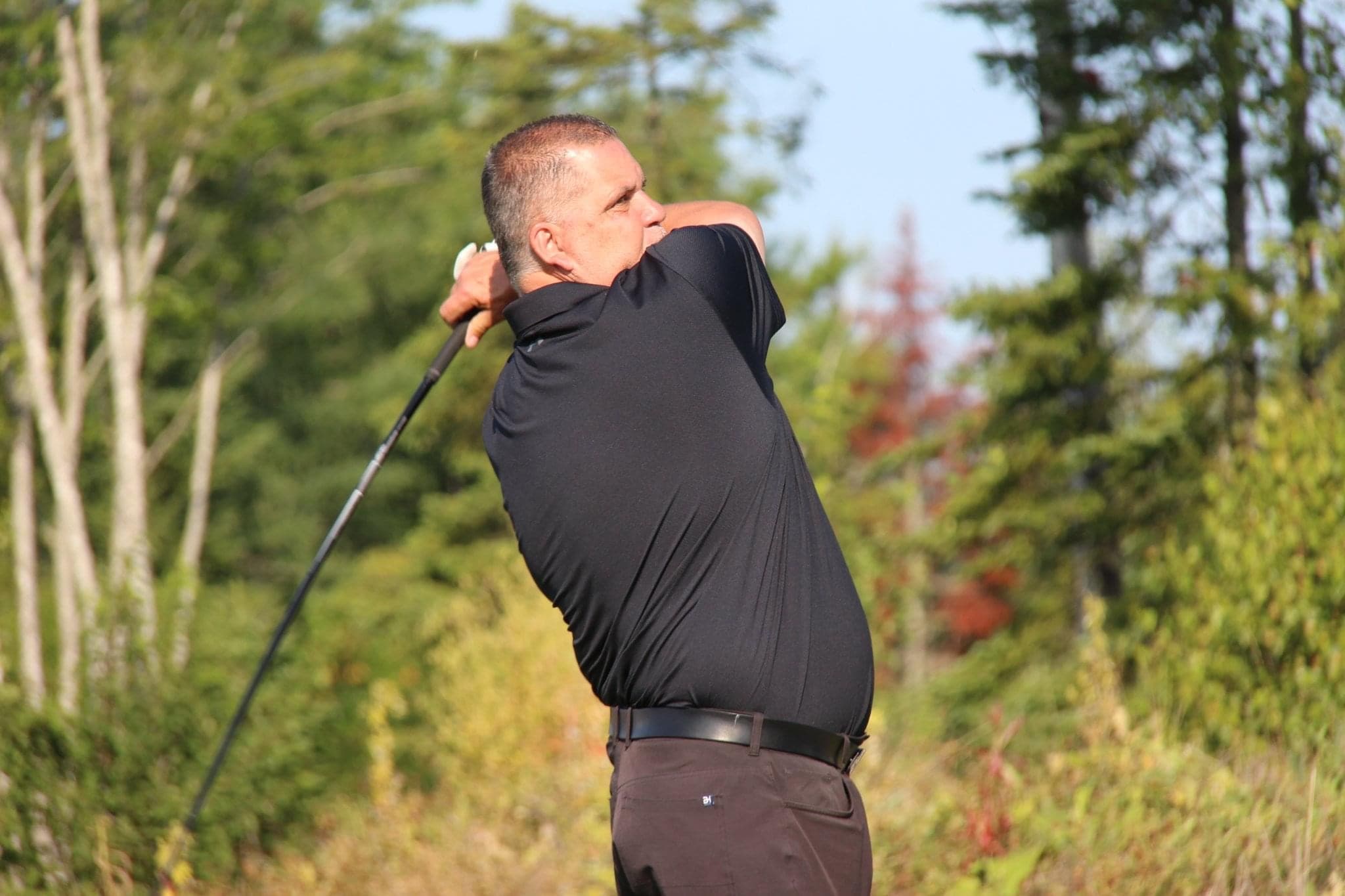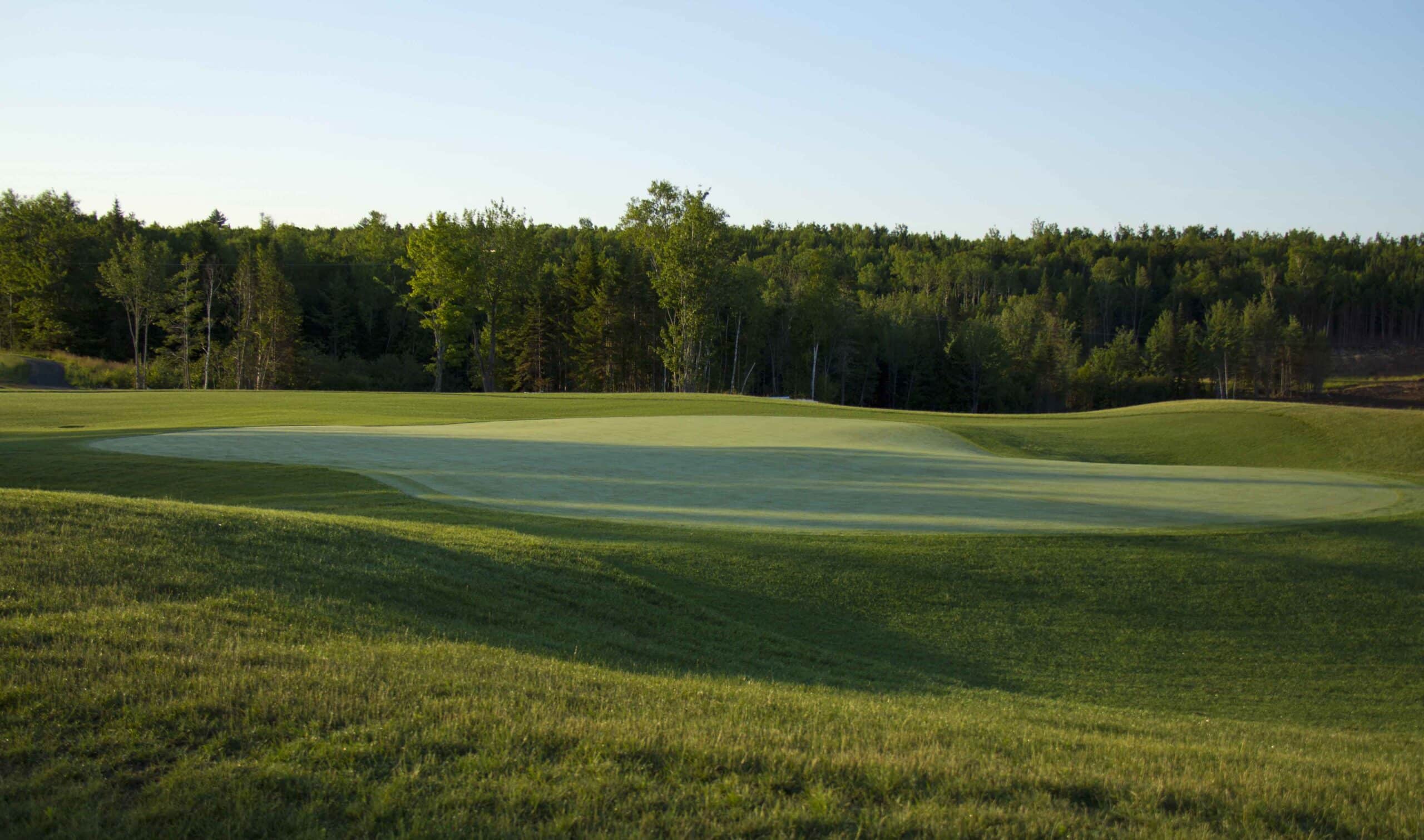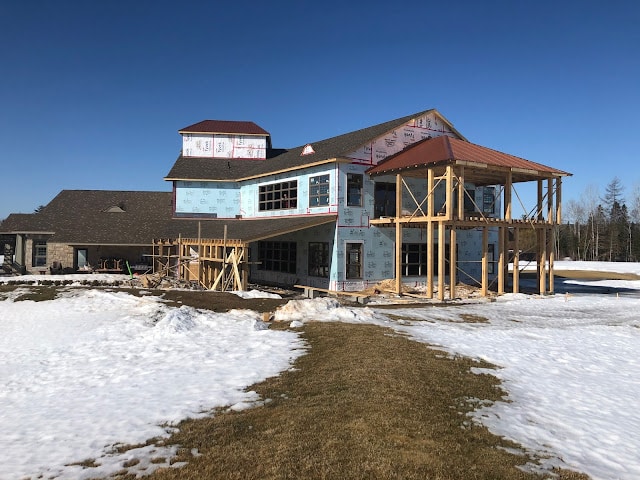
West Hills
Fredericton
March Update 2021
Hey Folks,
Happy New Year and welcome! Thanks to the those who have decided to return and to those who have chosen to join us for the first time. When I started here in 2016 the golf course had nine holes with about 90 members and since then we have grown in so many ways. Our community has expanded to include more streets and homes, the golf course has increased to 18 holes with attention to detail and playing conditions, and our membership has increased to over 400 great people that are awesome to work with.
In keeping with our efforts to continue the offerings at West Hills, the 2021 season will bring with it a state of the art club house featuring Saint James Gate restaurant, a second floor with golf simulator and multi purpose great room, and many more amenities for your use.
While all of this has little to do with the actual cultivation and maintenance of the turf I’m pretty excited to be part of this project and wanted to share a portion of that with you! Here are some photos of the clubhouse and the interior during the construction.
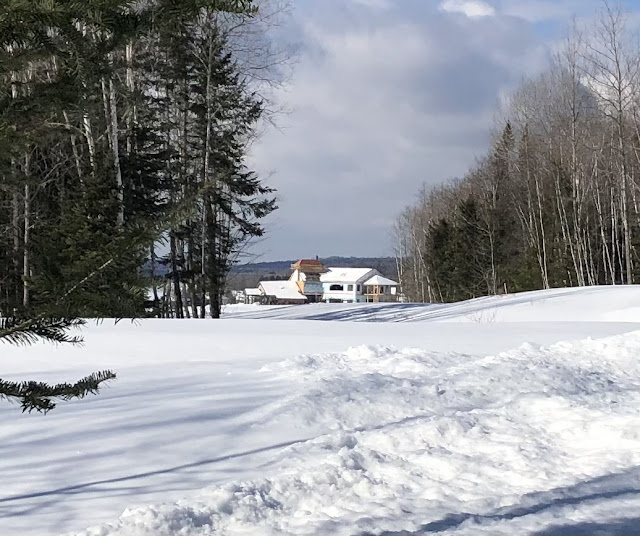

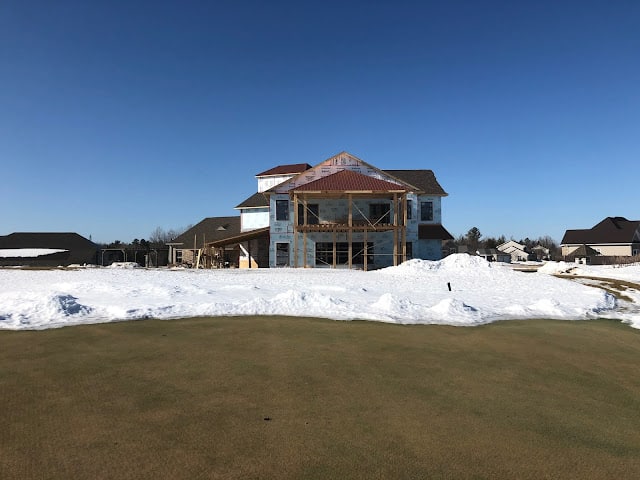
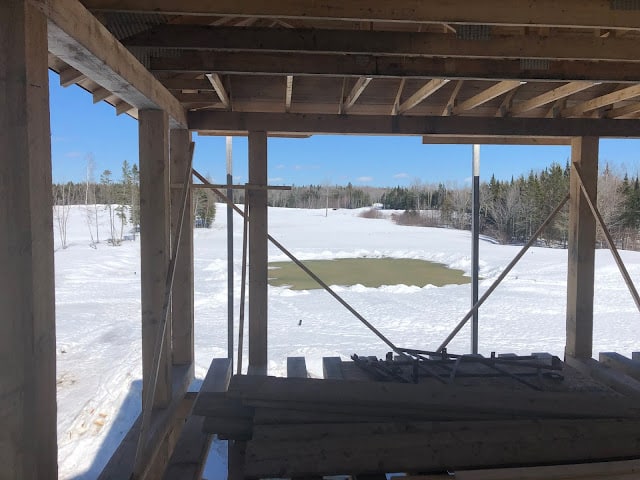
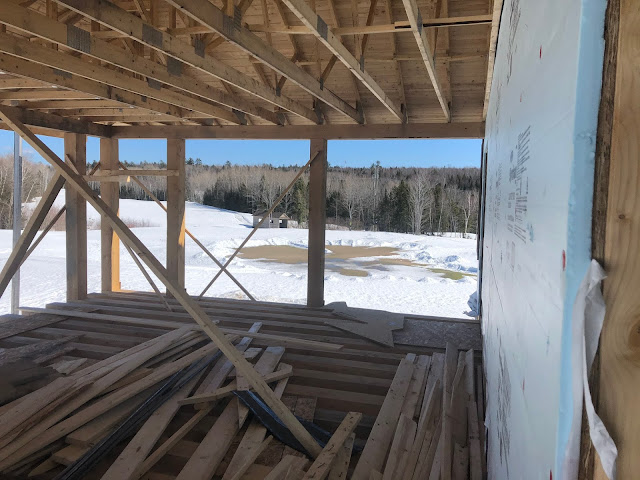
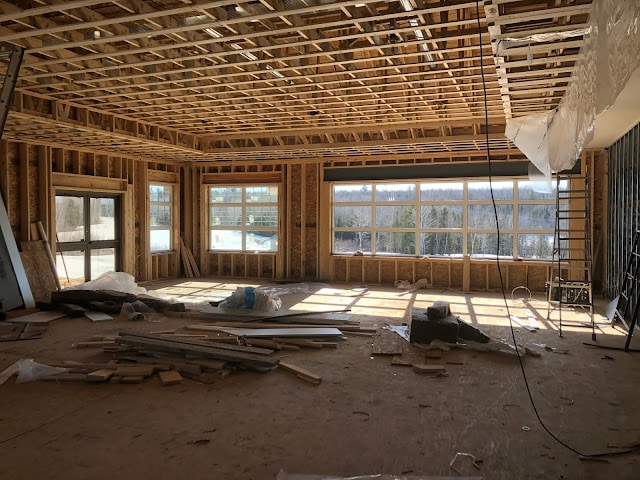
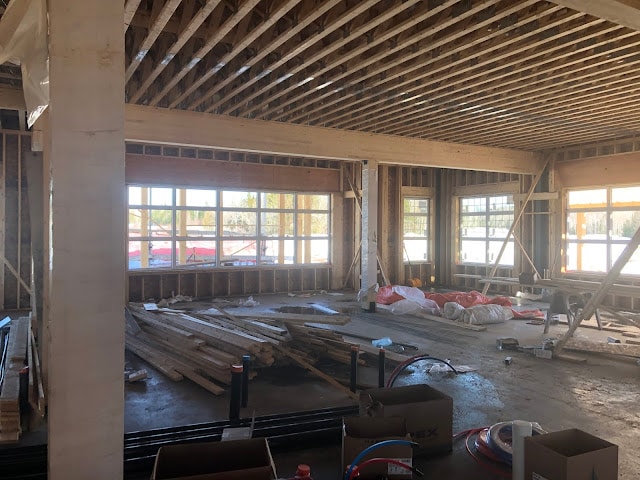

Obviously there is still quite a bit of work to be done but the crew are here everyday making progress with the construction.
Now on to the turf.
As far as winters go, the 2020/2021 season was pretty tame. Not really a whole lot of snow, but cold by average standards. We didn’t really have any significant snow fall accumulation until at least the 16th of January, and there fore, a reduced amount of ice build up on the playing surfaces. The average temperature in March this year was about 6 degrees colder than the historical average, and the heating degree days were more than the average by about 40 degree days (basically means we needed to run the heat more often when below 18 degrees C). Not a terrible winter by any means.
By the second week of March I had begun the process of removing the snow from the greens. For the most part things looked pretty good. Most of the greens had some form of ice on them, and definitely sections where it could be problematic but not a global issue. I took some samples of the those areas and put them in the shop to warm up.

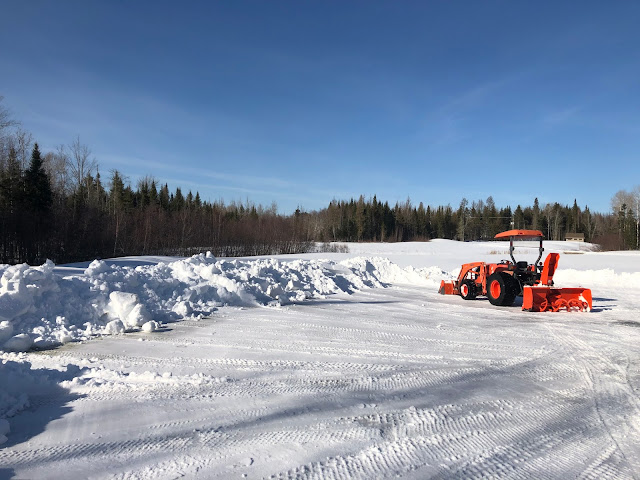

The term “winterkill” is often used to describe the death of turf from various causes during the winter months. It’s a layman’s term that covers any reason for turf loss but usually the culprit is either one of the following or a combination of each. Here are some excerpts from earlier blogs where this is explained.
During the winter the environmental conditions at ground level are conducive to fungal growth that thrives in the wet and cold. Pink snow mould will form within 2 months of snow coverage and Grey Snow mould within three months coverage. If left untreated these two fungi can devastate a golf course. As part of the prevention program a fungicide is applied late in the fall to protect the turf beneath the snow.
The disease pressure this year was extremely strong, most likely because the turf was very wet and still not completely dormant prior to the first snows in January. Any areas not treated (mainly the rough) are showing signs of damage. Fortunately, due to the length of the turf in these areas they should recover quickly.
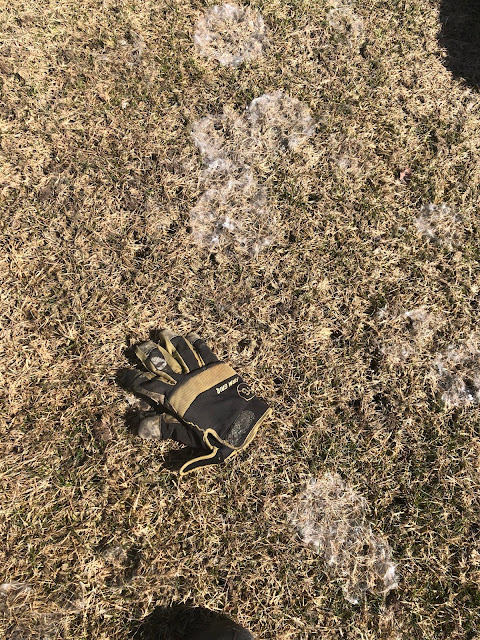
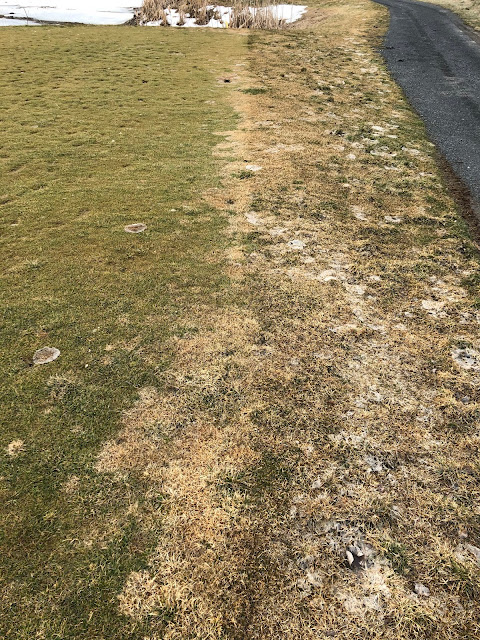
Another form of injury to the turf from the winter is prolonged ice coverage. The injury varies in severity based on the species of turf and the duration of the ice coverage. Poa Annua, an invasive native turfgrass, can only survive ice coverage for about 45 days. Bent Grass, the turf species used in most northern green’s construction, can survive longer stretches of ice coverage, almost twice that of the Poa. In very general terms, the ice encases the plant and suffocates it. So far I have seen little evidence that the ice that had developed on the course has caused extensive damage. There are definitely pockets of trouble, much like last year, but it remains to be seen how extensive that damage is.
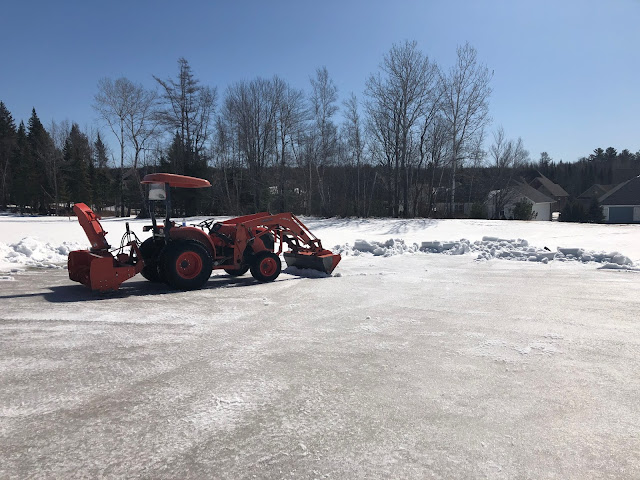
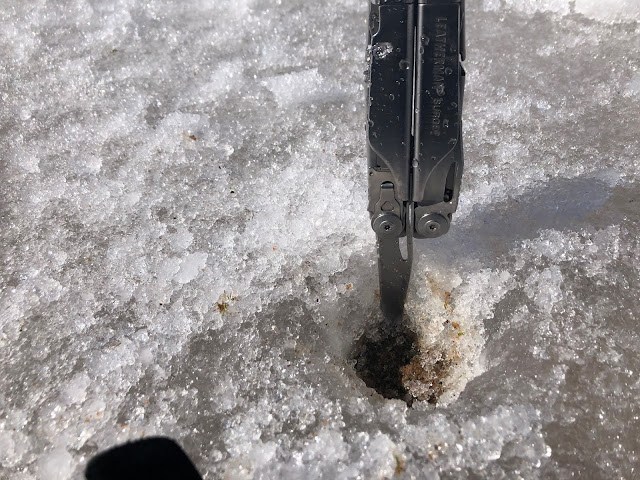
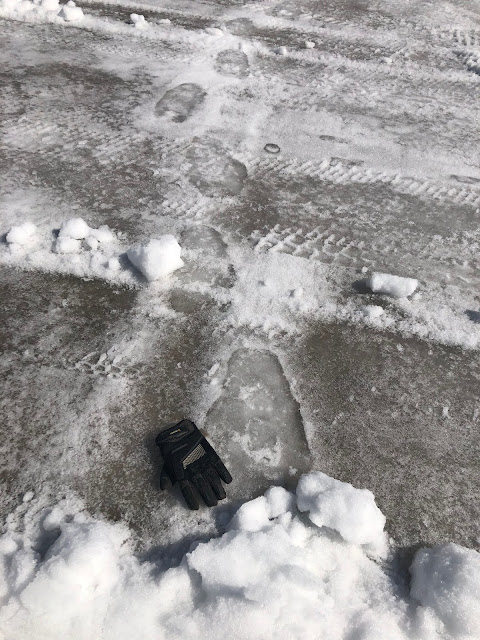

“Winterkill” also comes in the form of Crown Hydration Injury. This typically occurs during the late winter and early spring portions of the year. Plants generally slow to a form of dormancy that aids in winter protection, remaining until temperatures are once again high enough to begin the spring growth period. Similar situations are evident with trees and shrubs, buds start to form, and the plant wakes up. Occasionally we have a few warm days in March or April that fool the turf into believing the its time to get started. The crown of the plant (where the leaves grow from) flood with cellular activity and the plant begins growing.
Unfortunately, these warm days are usually followed by a very cold night or two and the plant basically freezes, the cells break, and the plant desiccates. As with ice damage, the severity of crown hydration injury varies with the species, mainly based on what temperature that species emerges from dormancy at. Poa Annua will begin cellular function at 8 degrees Celsius, making it much more susceptible to injury from an early spring warming period. Bent Grass will hold out until 14 degrees Celsius before cellular active begins, making a more resistant to this type of injury.
This has to be considered when taking the snow off the green. After removing the snow this year we had a cold snap follow the the exposure of the greens. I was concerned about the bent grass suffering from crown hydration injury. The samples I had pulled on the 15 of March were showing growth the end of the week and I was pleased to see that the Poa had actually suffered much more than the bent grass.
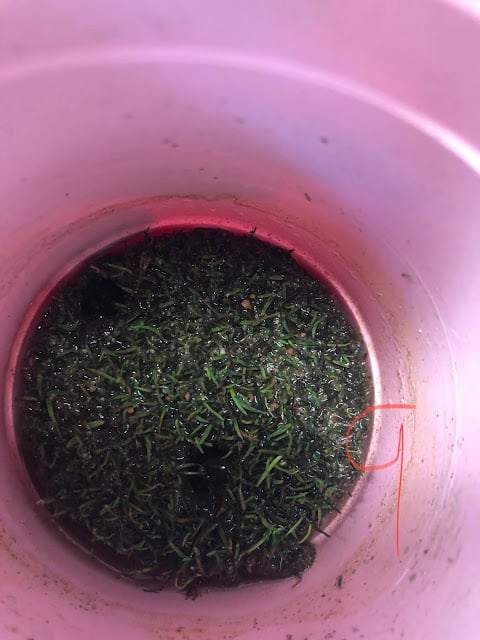
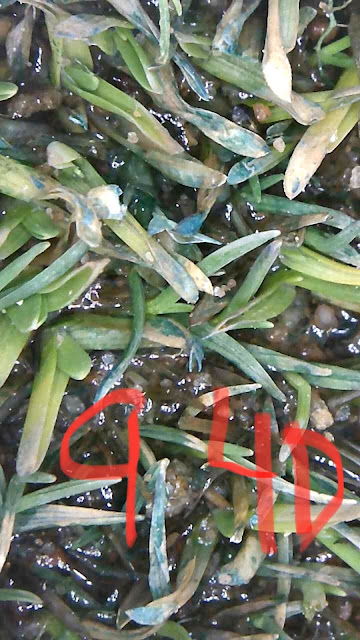
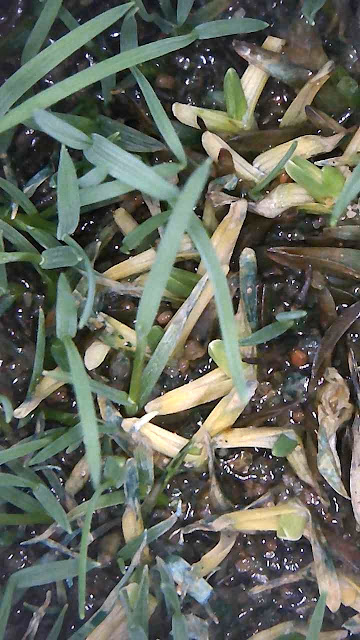
While the samples look good, we have to remember that I am sampling a very small portion of a very large area. In the series of photos above the time span is about 14 days in a controlled environment at a set temperature. As the soil temperature warm up we will have a better idea of the conditions. Please stay tuned and if you have any questions feel free to ask away! I enjoy the feed back and look forward to hearing from you!
